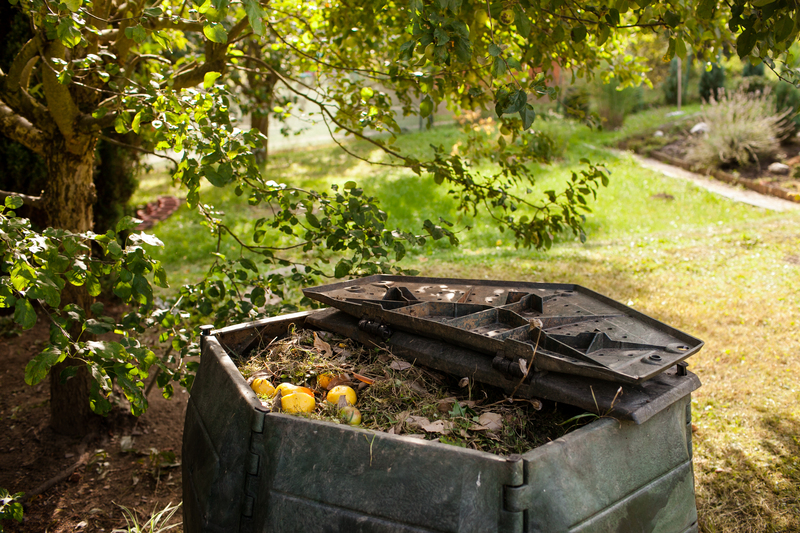Pros and Cons of Waste Incineration
Posted on 03/03/2025
Waste management is a crucial concern for society as the amount of waste generated continues to increase. The traditional methods of landfill and open burning have proven to be harmful to the environment, leading to the adoption of waste incineration as an alternative solution. Incineration is a process of treating waste by burning it at high temperatures, converting it into ash and gases. While this method has its advantages, it also comes with its fair share of disadvantages. In this article, we will comprehensively analyze the pros and cons of waste incineration.
Pros
1. Reduces Landfill Space
One of the primary benefits of incineration is that it reduces the amount of waste that ends up in landfills. This helps in conserving valuable land space as well as avoiding the potential environmental hazards associated with landfills.
2. Produces Energy
Incineration facilities can harness the heat produced during the burning process to generate electricity. This energy can be used to power homes and businesses, reducing dependency on fossil fuels and contributing towards a more sustainable future.
3. Cost-Effective
Compared to other methods such as recycling, incineration is a relatively cost-effective solution for managing large amounts of waste. It requires less manpower and equipment, making it financially feasible for governments and municipalities.
4. Reduces Greenhouse Gas Emissions
The combustion process in incinerators produces significantly lower levels of greenhouse gases compared to landfill sites. This makes it a better alternative for addressing climate change concerns.
5. Safe Disposal of Hazardous Waste
Incineration is an effective way to dispose of hazardous materials such as medical waste or chemical waste. These types of waste cannot be recycled or safely disposed of through other methods, making incineration a necessary option.

Cons
1. Air Pollution
While incineration facilities have stringent air pollution control systems in place, there is still a risk of toxic emissions being released into the atmosphere. Pollutants such as dioxins and heavy metals can have harmful effects on human health and the environment.
2. High Initial Costs
Establishing an incineration facility requires a significant investment in terms of funding and resources. This may not be feasible for smaller communities or developing countries, making it an impractical solution in some cases.
3. Can Discourage Recycling
The availability of incineration as a disposal method can result in a decrease in recycling efforts. This is because people may opt to throw their waste into incinerators rather than making the effort to recycle, leading to a reduction in the overall effectiveness of waste management practices.
4. Solid Waste Generation
Incineration does not completely eliminate waste; it produces ash and other solid residues that require proper disposal. This means that even though it reduces the volume of waste, it does not eliminate it entirely.
5. Health Concerns
There have been concerns about the potential health risks associated with living near an incinerator due to the release of harmful pollutants into the environment. While modern incineration facilities have strict regulations in place, there is still a perception of health risks among nearby communities.
Tips for Effective Waste Incineration
- Adequate planning and location selection are essential for establishing an incineration facility.
- Regular maintenance and monitoring of equipment should be carried out to minimize air pollution.
- Communities living near incinerators should be provided with information and reassurance about safety measures.
- Continual research and technology improvement should be encouraged to reduce any potential negative impact on the environment.

Takeaways
Waste incineration is an effective solution for managing large amounts of waste, and it comes with its own set of pros and cons. On one hand, it reduces greenhouse gas emissions, produces energy, and safely disposes of hazardous waste. On the other hand, it can contribute to air pollution and discourage recycling efforts. To effectively utilize this method, it is crucial to address the cons and implement necessary measures to minimize any potential negative impacts.
Conclusion
In conclusion, waste incineration has its advantages and disadvantages, but it is an essential part of waste management practices. With proper planning, implementation of regulations, and continuous improvement, we can harness the benefits of this method while minimizing any potential negative impacts on the environment and human health. As a society, we must continue to strive towards more sustainable waste management practices to create a healthier planet for generations to come.










